

Expert pest control you can trust. Licensed, insured, and eco-friendly solutions for Indiana homes and businesses.
Monday-Sunday: 7:00 AM - 7:00 PM | Same-Day Service Available

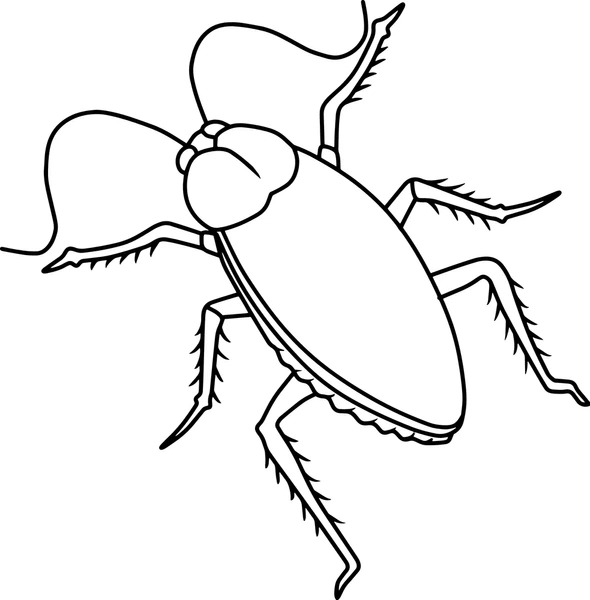




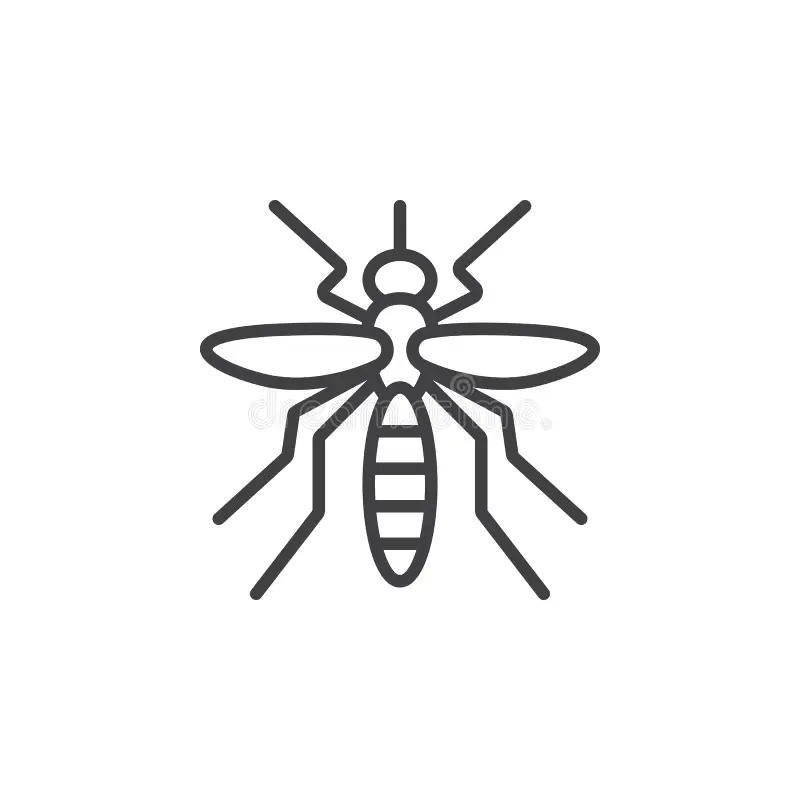

Spiders enter homes through cracks, gaps around windows, and other small openings. They're attracted indoors by the presence of other insects, which serve as their primary food source. Most spiders are harmless and actually beneficial, as they prey on flies, mosquitoes, and other pests. However, their webs create mess and their presence can be unsettling for many homeowners.
Spiders help control other insect populations naturally. A single spider can consume hundreds of insects per year, making them beneficial outdoors.
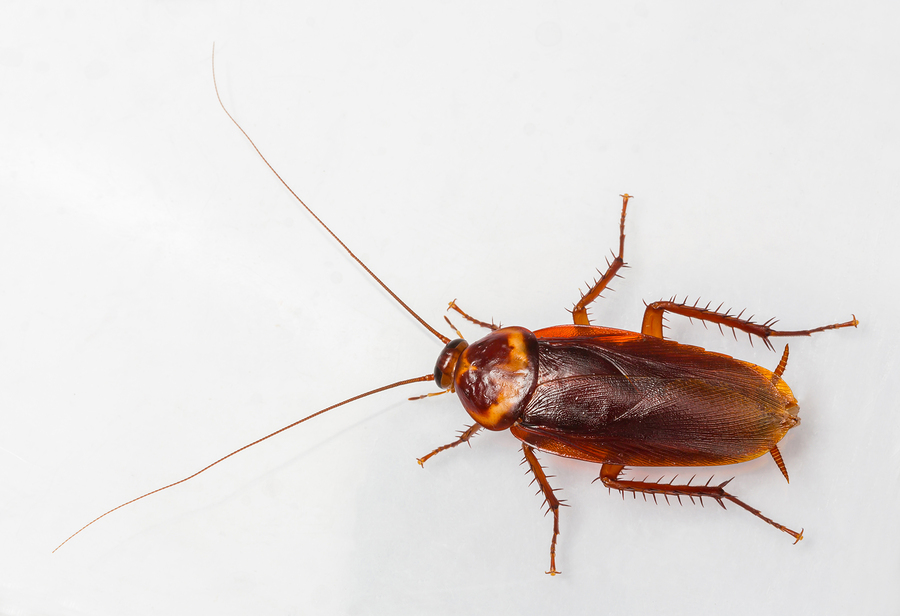
Cockroaches are nocturnal insects that hide in cracks and crevices during the day. They're attracted to food, water, and warmth, making kitchens and bathrooms common infestation sites. Cockroaches spread bacteria and allergens, contaminating food preparation surfaces and triggering asthma symptoms. They reproduce quickly, with females producing multiple egg cases containing dozens of offspring throughout their lifetime.
Cockroaches can survive a month without food but need water every week. Fixing leaks and eliminating standing water is essential for prevention.

Bed bugs are small, flat insects that feed on blood while people sleep. They're reddish-brown in color and about the size of an apple seed when fully grown. Bed bugs hide in mattress seams, box springs, bed frames, and cracks near sleeping areas. They spread by hitchhiking on luggage, clothing, and used furniture. Bed bugs leave small blood spots on sheets and cause itchy bite marks on skin.
Bed bugs can survive several months without feeding. They're found in hotels, apartments, and homes regardless of cleanliness level.
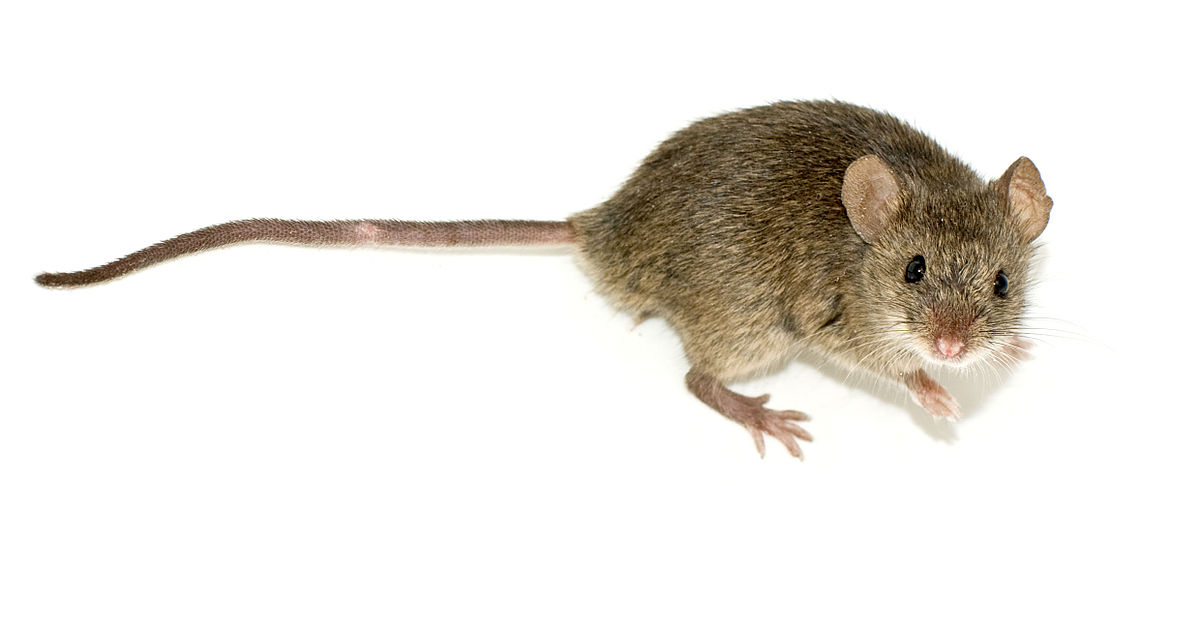
Mice and rats enter homes seeking food, water, and shelter, especially during colder months. They can squeeze through openings as small as a dime. Rodents gnaw constantly to keep their teeth from growing too long, damaging electrical wiring, insulation, and structural wood. They leave droppings along their travel paths and contaminate food storage areas. Rodents reproduce rapidly, with populations growing quickly if not addressed.
A single female mouse can produce 5-10 litters per year, with 5-6 babies per litter. This rapid reproduction makes early intervention crucial.

Termites are small, pale insects that feed on wood and cellulose materials 24/7. They work inside walls and structural wood, often causing significant damage before being discovered. Mud tubes on foundation walls are a common sign of termite activity. Carpenter ants also damage wood by hollowing it out to build nests, while carpenter bees bore round holes into exterior wood surfaces. These pests can compromise structural integrity over time.
Wood-destroying insect damage isn't covered by homeowners insurance. Annual inspections help catch problems early before major damage occurs.

Wasps, hornets, and yellow jackets build nests in protected areas like eaves, trees, and underground. They become aggressive when their nests are threatened and can sting multiple times. Unlike bees, these insects don't lose their stinger after attacking. They're most active during late summer and early fall when colonies reach peak size. Stinging insects are attracted to sweet drinks and food, making outdoor activities challenging.
When threatened, stinging insects release alarm pheromones that signal the entire colony to attack. This makes DIY nest removal extremely dangerous.
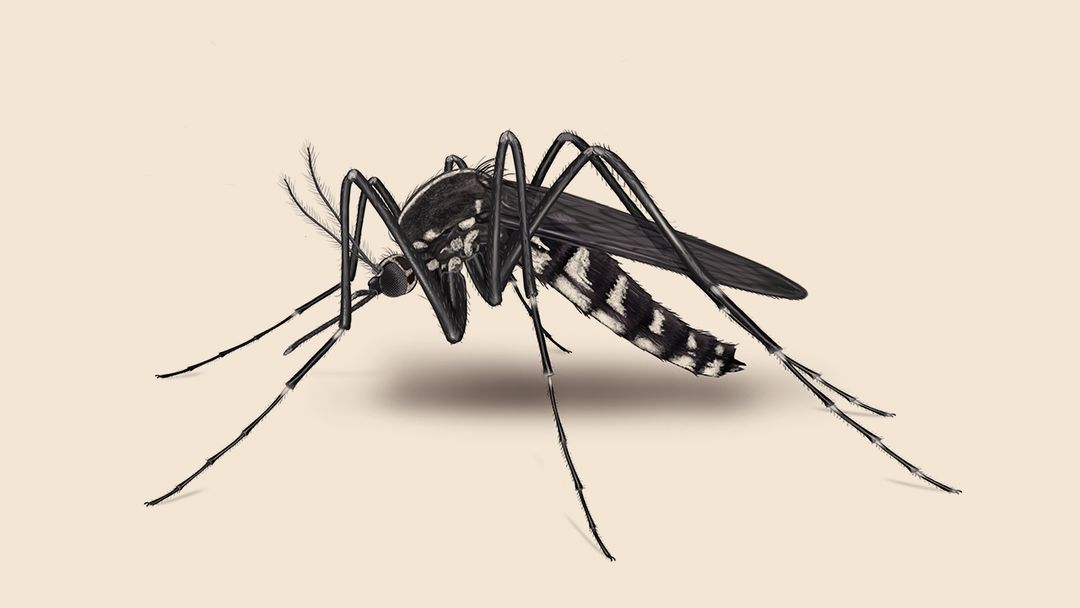
Mosquitoes breed in standing water, with females laying eggs in birdbaths, clogged gutters, and any water that sits for more than a few days. Only female mosquitoes bite, needing blood to develop eggs. They're most active during dawn and dusk hours. Mosquitoes are attracted to carbon dioxide from breathing, body heat, and certain body odors. Even small amounts of standing water can produce hundreds of mosquitoes.
Mosquitoes can detect carbon dioxide from up to 100 feet away. They use this along with body heat to locate their next blood meal.
Fully certified professional with years of experience handling all types of pest problems with proven, effective methods.
Environmentally responsible products that are safe for your family and pets while effectively eliminating pests from your property.
You work directly with the owner every time—no subcontractors, no surprises. Personal attention to every job, every time.